Wait a second. Did you read that title right?
Does it really read “remarketing”? Yes, it does.
But, isn’t everyone talking about retargeting? Or, is that the same thing? What does it even mean?
I remember first hearing the term “retargeting ads.” It sounded like something from a video game and reminded me more of hacking than of marketing.
Remember how everyone would accuse good Counter Strike players of using a wallhack to see through walls?
(hackers…maybe they were also using retargeting?)
Nope. None of that stuff.
Retargeting and remarketing are both awesome tools for marketers.
There’s a reason that tweets like this are popping up everywhere.
People even go on national television to talk about it now.
Remarketing and retargeting are definitely worth taking a look at.
Today, with this remarketing guide, I’ll show you what they are, where they are different from each other and how to use them.
By the end of this guide, you’ll know the ins and outs of remarketing and retargeting and be ready to start using it in your own business.
Definitions
Let me make one thing clear: remarketing and retargeting are not the same.
Retargeting is a subset of remarketing.
Rejoiner does a good job of drawing a line between the two, clarifying that while both describe the act of advertising to the same person more than once, retargeting only targets web traffic, whereas remarketing is usually limited to email.
I see remarketing more as an umbrella term for marketing to the same prospect multiple times, whereas retargeting really is targeting online ads at the same traffic again and again.
That means, technically, that you could do remarketing with billboards (and I’ll show you how companies actually do that), while retargeting will always live in the realm of PPC and display network advertising.
Both terms are fairly new (around 5 years old), but Google did a great job at confusing everyone when they introduced their ad retargeting system, back in 2010 and called it a remarketing tool.
So, let’s get an overview, to sort things out.
Overview
Umbrella term, subset, online, offline…
Neil, why don’t you just give me a visual here?
Sure thing!
I created a quick mind map, using Bubbl.us, a free tool, to give you an overview.
As you can see, remarketing lives at the top of the food chain.
Taking the word in its most literal sense possible, remarketing is everything from complicated tech solutions, showing you the same banner 15 times until you click it, to a simple sandwich board that you pass on your way to work every day.
Imagine seeing this sign for a goat cheese sandwich every day for 2 weeks in a row. Wouldn’t you eventually want one?
(Image source: Pinterest)
Apart from offline uses, like this one, you can also remarket via the phone.
Remember teleshopping? Those infomercials that would run all night, trying to sell you a new knife?
Once you called, they had your phone number. Guess what they’re going to do? Call you again!
It’s the same with those giveaways at airports, where you can win a super expensive car.
(Image source: Panarabia Enquirer)
If you enter, but don’t win, guess who’ll call you to offer consolation prizes? A car dealer.
Sometimes, they also follow up via email, which is a fairly new channel, considering it’s only 25 years old.
All of those coupons and discounts, for brands like Zara, Gap, Calvin Klein and Abercrombie & Fitch, usually come at the price of receiving their email newsletter with new offers, seasonal clothing and, of course, reminders for all the important holidays, such as Christmas.
Social media is an even younger remarketing channel than email. Once people have connected with you on a social media platform, you can market to them again and again and again.
Everyone who likes your Facebook page has a chance of catching your new updates. And, it’s the same with Twitter and Instagram.
While you’re usually not guaranteed that people will see your message, a fair portion of your fans will, with some die-hard fans, who turn on notifications, getting every update that you send out.
Let’s move on to retargeting, the newest, but also biggest, area of remarketing. Chango has published a great infographic about it, with a good overview of the different types.
(Image source: Chango)
However, since we already categorized some of these as remarketing efforts and I like to keep things simple, I split retargeting into only 2 sub-categories.
First, there’s the people who’ve been to your site. You’ll see how you can track those, so that you can advertise to them, whether that’s using Facebook ads or Google ads or other display networks.
These people have some relationship with you, whether that’s seeing your page and instantly running away or actually spending some time on it, but not taking the action that you want, such as signing up for your email list or buying a product, for example.
Then, there are people who have been to your competitor’s site. They have shown an interest in products and content in your niche, but haven’t discovered your site, yet. If you’re being smart, you can retarget them as well – I’ll show you how.
Alright.
Now that we’ve got the basic overview covered, it’s time to dig deeper into all of these.
Remarketing
Remarketing happened way before we even called it that. Imagine that you’re a 9 year old boy and your dad’s car is a BMW.
(Image source: Wikipedia)
By the time you turn 16, how many hours do you think you’ll have spent in that car?
100? 1000? 5000?
No matter how many hours it might be in total, the point is that you’re exposed to their product, over and over again.
And, when you’re finally allowed to drive, guess what type of car you’ll probably want?
Yes, in some cases, it might be a Lexus, or a Ford or a pickup truck, because maybe your best friend has one and you had the best camping trip ever in it, but I like BMW’s chances. It’s likely that you’ll want a BMW, just like your dad.
It’s a very passive approach, but this is remarketing. Of course, marketers have gotten way more aggressive with it and billions of dollars are spent on it each year.
But, as with anything, the beginnings were humble and sometimes it’s worth going back to them.
With a little creativity, you don’t have to spend a lot, even in 2015. The next example will show you that.
Offline
Ugh, really Neil, offline marketing, again?
Isn’t everything online by now?
Nope!
If you remember the interactive billboard from British Airways, with the kid pointing up to actual BA flights passing above, you’ll love this remarketing campaign.
A company, called Battersea Dogs & Cats Home, which is trying to get dogs relocated into new homes, has worked with the same agency, to create an awesome billboard project.
They handed flyers to dog lovers in the city center, where several digital billboards would pop up in their path.
The flyers contained RFID chips that tracked people’s location as they were walking. A dog started following them from billboard to billboard, until eventually asking them to check out the flyer they were handed earlier.
Video:
As a result, over 2,000 people went to their website to find a new pet.
Something similar happened to me once, on a short drive from Cancun to Playa Del Carmen in Mexico with friends.
(a great stretch of road for remarketing)
We wanted to stop on the way to eat something. As we drove, a billboard appeared.
“Best tacos in town!”
A few miles later, another billboard, from the same restaurant (I can’t remember the name to save my life).
“Free margaritas with every order!
Neat!
Then again.
“Buenos dias! Have some quesadillas!”
And again.
“The taco you can’t miss, 3 miles ahead on the right.”
I think we must’ve seen 10 billboards on that short drive. It’s a straight north to south highway and there’s nothing to stop and see along the way, so they must have figured out that most people would get hungry along the way.
Or, they just knew Playa Del Carmen was a tourist favorite and that lots of Cancun visitors would go there.
Either way, guess where we ate that day?
If you sell a physical product, don’t be lazy. Get your creativity on and think of a cool offline campaign that you can do.
Chances are it’ll be cheaper and get you results faster than any PPC advertising could (especially since PPC has a learning curve).
However, if that’s not for you, then it might be time to pick up the phone.
Phone
Do you remember the Design Pickle case study, from the Facebook advertising guide I just published?
They used phone retargeting with great success.
Their Facebook ads drove people to a page, where they could sign up for a free graphic design that they’d get within 24 hours.
(Image source: WPCurve)
Upon delivering, they followed up, by calling each prospect on the phone. They managed to convert 30 out of 469 people to a $200 monthly subscription.
A great conversion rate of 6.4% for a moderately expensive product!
The follow up phone call is probably as old as the phone itself, but it works. However, if it’s done wrong, you can lose customers with this.
Timing is an important factor in remarketing. Here’s an example where it goes terribly wrong.
I remember my dad had a finance guy who would never call him. He stayed with the same company for years and they were managing some of his money.
Most years, their fees would eat up most of his profits. However, since it was a set-it-and-forget-it service, my dad would often only notice that by the end of the year.
The consultant responsible for his account simply never followed up with him on the phone.
Eventually, that guy was fired and we were assigned a new adviser. Suddenly, we were getting calls every other week.
“Chance to optimize this, let’s shift this money to X instead of Y, great new investment opportunity, etc.”
After finally scheduling an appointment, my dad did end up changing some of his contracts, much more to the benefit of the adviser than our own, as we found out later.
Once the deal was done – no more calls.
Needless to say, we fired them, but it was a lesson we learned the hard way.
Ahh, we’re getting into the 90s. Here comes the good stuff!
You might think every form of email marketing is remarketing. It kind of is, but you can also use email to remarket to specific people about specific products.
Of course, there’s the classic since you liked X, why not look at Y email, like Amazon sends:
(man, you check out one marketing book…)
But, there’s a much more targeted remarketing approach to email. The shopping cart abandonment email.
A friend of mine was recently looking for swimming goggles. I told her that I’d gotten my last pair from Amazon.
She pulled up the site and I showed her the goggles that I had bought. She added them to her cart, then continued to browse and added a few more items.
2 days later, I asked her how she liked the new goggles. She said: “Oh, I didn’t order yet. I wanted to check out some others, first.”
This is the perfect nightmare of any ecommerce site owner.
Did you know that while 30% of people visiting online stores put something in their cart, only 3% actually check out?
That means that as much as 27% of your target customers turn around, right before the finish line.
However, this is a great chance to remarket. For every 3 people who buy something on your site, you can email another 27 about completing their purchase.
The top 10 ecommerce sites all do this. A case study, done by Moz, showed that these sites boast overall conversion rates ranging from 16% all the way up to 42%.
The average online store typically converts 2% of their shoppers.
(Image source: Moz)
Of course, these companies do other things right, such as providing ridiculously great customer service, but email remarketing is one of their key tools.
But, to do it, you need one thing first: an email address.
Take Schwans, the #1 converting ecommerce site, for example. They ask you for an email, in exchange for a discount, before the page has even properly loaded.
Once you have an email, you can use it to ping customers, in case they load up their shopping cart, but abandon it at the last minute.
For example, a Norwegian company offering cruises, called Hurtigruten, lets people save their bookings for 48 hours without paying.
If you don’t pay within 2 days, your booking is automatically canceled. However, what if they reminded you to finish your order?
They start doing it as soon as you start the process, even on their own page.
However, if I leave the site altogether, will I ever come back?
In 2011 they tested this and pinged 25 people within their 48 hour reservation time. 16 out of 25 orders were saved, resulting in $57,000 in sales
Not bad for a simple follow up that takes less than a minute.
Another example? Sure.
Bookstore and office supplier, WHSmith, tested 3 types of shopping cart abandonment emails:
- A generic, branded prompt to finish their order
- A personalized email with a timed coupon (72 hrs)
- A personalized email with a timed coupon (48 hrs)
While the first type only increased conversions by 10%, the second doubled them. The offer with the most scarcity did even better, increasing conversions by 200%.
Fine Neil, so this works well, but how do I do it?
Here’s a good example of a shopping cart abandonment email:
(Image source: Shopify)
Chubbies makes shorts for men. They brand themselves as funny, upbeat and easygoing. A cool place for dudes to get shorts.
This email aligns perfectly with those values.
The subject line is funny “Lemme teleport you…”, the image is fairly random and thus also gets some laughs and there are multiple links within the email that make it easy for me to go back to my cart.
Or, check out this one from Fossil:
(Image source: Moz)
They reference the item the customer looked at and even show a picture of that very same product.
That’s really good. Dangling the product right in front of my nose, again, makes it much more likely that I’ll actually buy it.
But, this email, from Talking Friends, knocks it out of the park:
(Image source: Shopify)
You can argue about the design, but not about the content. They:
- Offer a 10% discount
- Show me what that discount looks like, in dollars
- Hold my entire cart for 3 days
- Personally address me
- Provide phone and email support
…and, they send me to a survey about why I didn’t check out in the first place.
Now, that’s some customer service!
At KISSmetrics, we also found that it can help to offer the discount later, in a second, separate reminder email, sending a simple “come back” email, first.
One word of advice though: When you use email remarketing, be fast.
(Image source: Rejoiner)
Research has shown that engaging within the first hour after the abandonment shows a 10x increase over waiting even as little as 2 hours.
I’d recommend following up quickly and then offering a discount a day later.
Email remarketing is incredibly underused, especially by small businesses.
Around 25% of the top 1000 retailers use it. Are you?
One channel that I’m sure that you’re using is this one.
Social Media
What’s the difference between marketing and remarketing, when we’re talking about social media.
Your marketing targets your audience as a whole, your remarketing targets your engaged audience.
The key is to get people involved and then run campaigns that target those who engaged before, so that they want to connect with your brand, over and over again.
You could do this by asking simple questions.
Walmart, for example, could ask who bought something in their first store in a certain city or state.
Domino’s UK does a good job at this. Their throwback Thursday tweets and Instagram posts often refer to previous campaigns or special pizza deals they ran, so people can indulge in memories.
For example this one, about their hot dog stuffed crust pizza.
This was a special pizza that they only offered for a short time one summer. Now, they’re bringing it back:
They ask people if they’re excited about it or if they didn’t like it the last time around. Naturally, people share their experiences.
What a great way to catch the same customers again and strengthen their loyalty to the brand.
They also frequently run contests and hand out discounts, to keep customers coming back for more. Often, they target these contests at specific audiences, for example, video gamers.
Just this week, they’re running a contest for all video gamers who bought the new Halo.
If people complete the game within 36 hours and share a screenshot, one lucky winner gets a ton of prizes.
If you joined and achieved a cool feat, like beating a game in such a short time, wouldn’t you check back to see when the next new game is starting? I would.
Contests are not only a great way to increase engagement on Facebook, but also to cross-promote your other social media channels.
In 2012, Domino’s posted about a discount contest on Facebook, which actually took place on Twitter.
For every tweet with a certain hashtag, they took 1 cent off of their premium pizza price for the day.
This generated over 800 tweets with their brand name and engaged Facebook fans to follow them on Twitter, as well.
Another great remarketing example is the Instagram account, Unprocess Your Food, run by Ms. Dash. She sells cooking appliances to her 300,000+ followers and posts lots of healthy and natural recipes, in short videos, on Instagram.
But, how does she keep the same followers coming back for more? Here’s an example:
She recently ran a giveaway for a mini maker for waffles or pancakes. There were 10 winners.
10 winners also means many disappointed people. Ms. Dash absolutely nailed the follow up, by offering them a 20% discount, 2 days later.
How great is that? Even if you didn’t win, you can still get a mini maker at a solid discount.
These are some of the ways that you can use social media to remarket to the same people, without getting too technical.
That said, it’s time to get into the meat of what most people mean, when they talk about remarketing.
Retargeting
Retargeting is based on using technology to re-engage with previous website visitors.
About 98% of all web traffic does not convert. They leave your website without leaving an email address, contacting you, following you on social media or buying anything from you.
That’s kind of depressing.
Retargeting is your solution to that. It allows you to place a so-called retargeting pixel on your website, which is invisible, since it’s just a snippet of code.
A retargeting pixel places a cookie inside the visitor’s browser, so their information is saved in your account (for example, on Google Analytics, Facebook or Twitter).
This allows you to serve ads specifically to those who have been on your website before, which is what makes retargeting so successful.
On average, retargeting ads show a 10x increase in click-through rates (CTR), since people can already relate to your ad.
You’re not a stranger any more, trying to sell them something. You’re a familiar name.
The three major channels on which retargeting is used are Google Adwords, Facebook and Twitter.
However, I’d like to make a distinction between two categories, because you can retarget, in some cases, not only traffic that’s been to your site, but also traffic from a competitor’s site through custom audiences.
Let’s start with the traditional retargeting approach.
User has been on your site before
After dropping a retargeting pixel on your website, you can easily advertise to that same person again. You might do this, for example, with banner ads on other pages.
Here’s how to set it up on the 2 most popular platforms.
Remember the Google ads guide? In your dashboard, simply click on ‘Shared library,’ to the left.
Click on ‘View,’ under Audiences.
Then, choose ‘Set up remarketing,’ leave the box unchecked, for now.
Google will then offer to send you instructions or, just use your Google Analytics tag, which makes this really easy.
Once you’re through, you can click on ‘Remarketing List’ and set up a new list for website visitors.
Then, you have to set the proportions. Choose ‘Visitors of a page with a specific tag’ and then select new tag.
You’ll get a new code to put on your page.
Set the duration to 180 days (this is the maximum duration for which you can save your visitor data).
Then, hit save and you’ll be taken to the next page with the code snippet.
Drop this code in the body tag of your HTML code on the page that you want to track (make this the product page of the item that you’re trying to sell).
Then, your list will start growing and you can later select this audience to advertise to.
If you need to catch up on Facebook ads, check out my last guide on Facebook advertising. Once you’re in your ad manager, simply click on Tools and select ‘Pixels.’
Facebook will then walk you through setting it up (you basically just enter your domain name). Then, you get a snippet of code that you can copy.
This needs to go on all pages that you want to track visitors from. You can get really specific and only track traffic from certain pages. But, for starters, it’s best to drop the code in your header.
That way, it’ll be on every page and every visitor to your site will be tracked.
Pro tip: This guide shows you how to set up the pixel so it only tracks visitors after 60 seconds, eliminating those who leave immediately, to make your ads convert even better.
If you’re on WordPress and aren’t too good with HTML and CSS, you can also just place the code as a text widget in your footer or header.
It’s a little ghetto, but it works.
Facebook will then track all of your site visitors and you can create a custom audience to show your ads to, consisting of those visitors.
Once you advance, you can even track conversions, by placing another pixel on your thank you and checkout pages.
That’s how you set up to get started with retargeting.
Then, when you set up your ads, you can simply select the new audiences to advertise to.
There are plenty of retargeting guides for beginners and advanced users, each ready to help you segment your audience even further and advertise specific products only to certain people. Here’s a list that I compiled for you:
- Ultimate Guide to AdWords Remarketing
- The step-by-step Facebook retargeting guide: Get more conversions from your existing traffic
- A Beginner’s Guide to Google Analytics Remarketing from an ex-Googler
- Retargeting – Ultimate 2015 Guide To Remarketing Campaigns
- An In-Depth Comparison of Remarketing and Retargeting Services
- The Ultimate Guide To Twitter Retargeting
Been on competitor site
Finally, there are a few ways to retarget people who’ve only spent time on your competitor’s sites.
The easiest way to do this is through social media.
For example, if I was Pepsi, advertising on Facebook and I wanted to try and convert some Coca Cola lovers to my brand, I’d set the audience to target everyone who has liked some, or all of their brands.
Individuals who like all flavors of Coke, Fanta, Sprite and others, are very likely to be loyal and regular Coke customers and fans.
Once you’ve developed some conversion tracking data with your own visitors, using retargeting pixels, you could also advertise for certain keywords on Google Adwords, while excluding all of the people who already visited your site.
This is another way that you can make sure that you’ll get your ad in front of new people.
I’ve also heard of people who pay to put their retargeting pixel on other sites. In the Pepsi case, they could pay Coca Cola to put the Pepsi retargeting pixel on their website, letting Pepsi target their traffic with ads.
I don’t advise you do this, but if you do, get legal advice first.
You could also achieve this by simply trading pixels with another site, where both of you place each other’s pixels on your own site.
But, again, this gets legally problematic pretty fast, so, be cautious.
Conclusion
I bet you didn’t think there was this much to remarketing and retargeting.
Well, it was about time someone drew a line in the sand and clearly defined some boundaries as to what’s what.
Here’s the breakdown, again, of what types of remarketing there are and where retargeting fits into the big picture:
I hope this guide gave you some creative ideas on how you can remarket to your customers.
Let me know if I missed anything and how you will use retargeting in the comments.






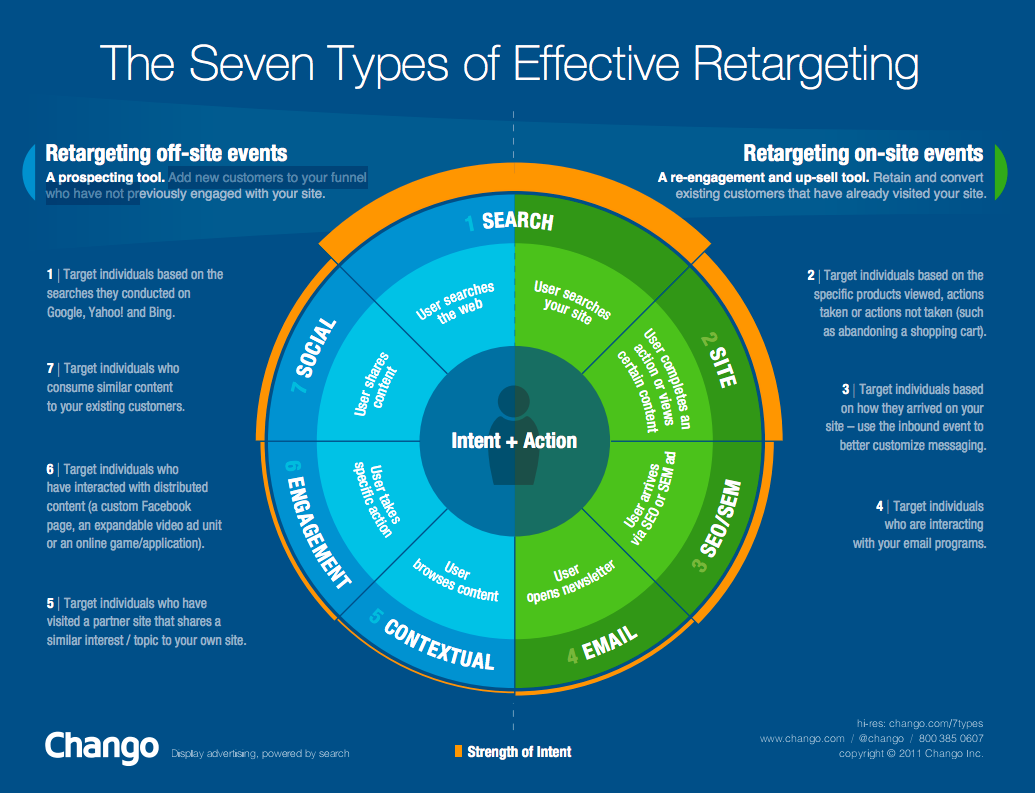







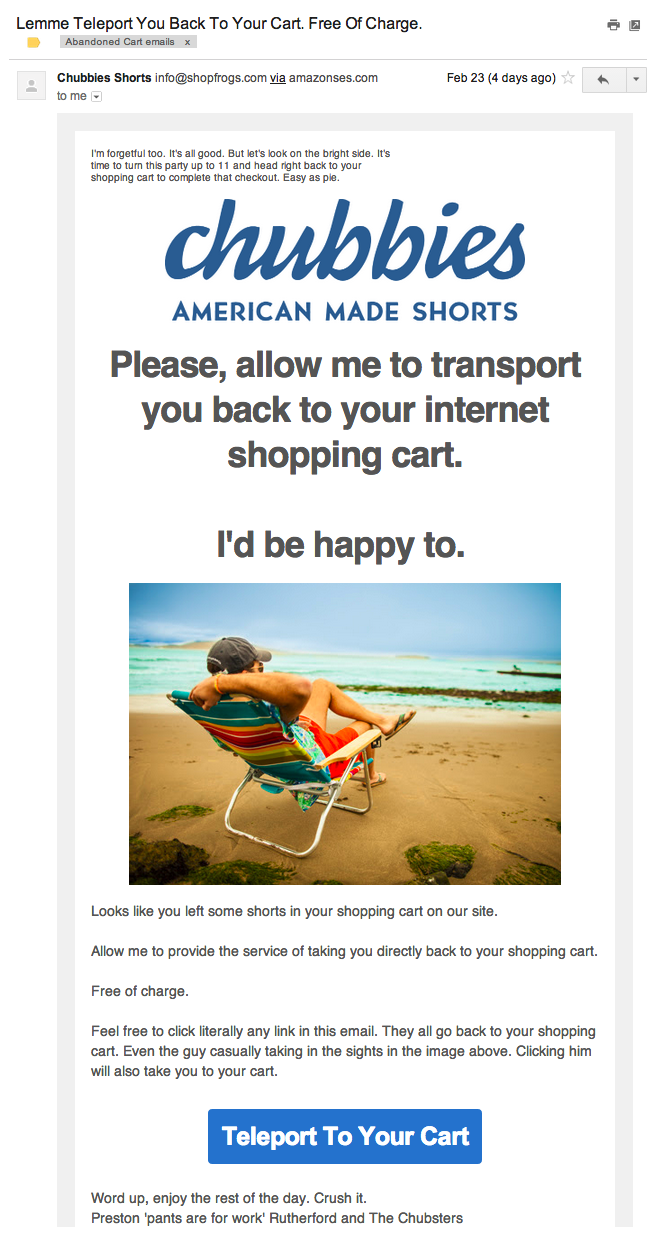

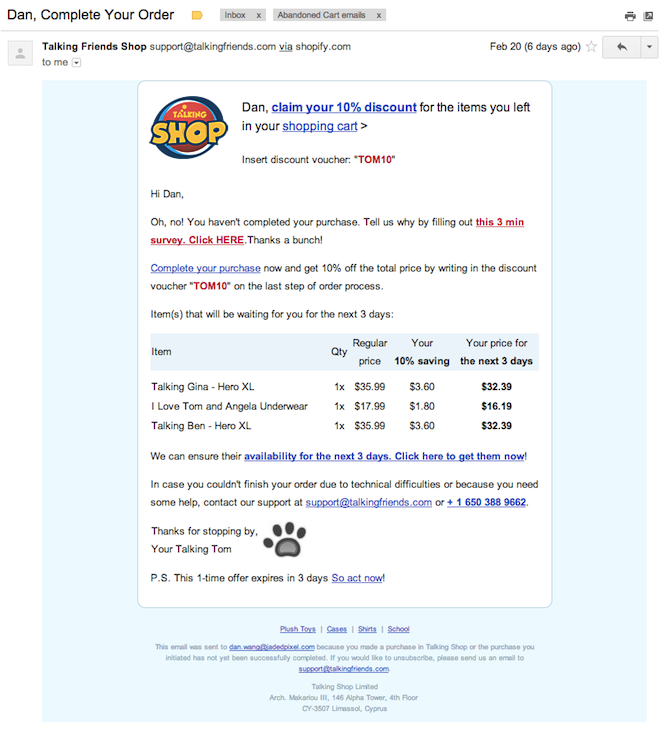

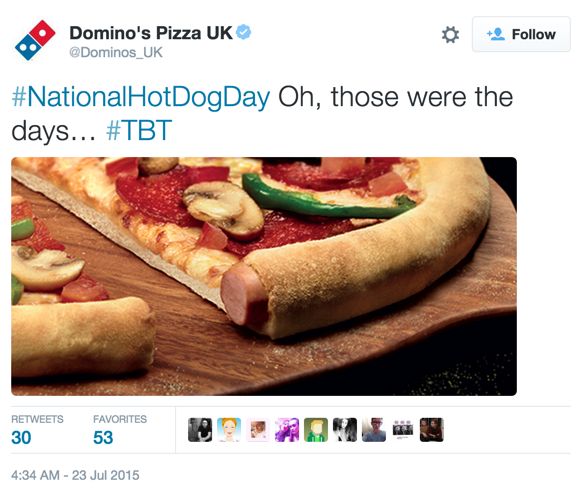












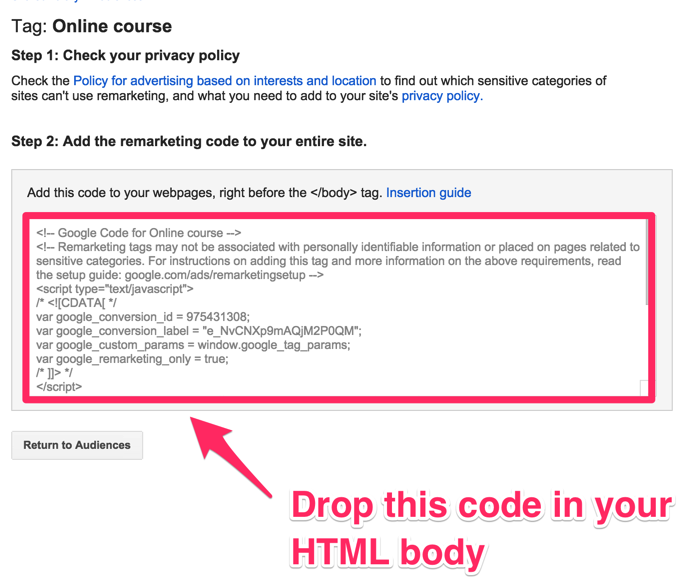



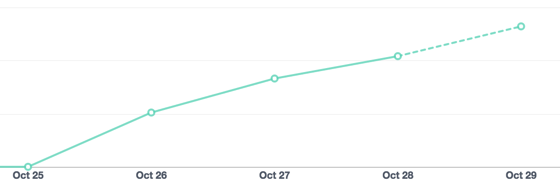
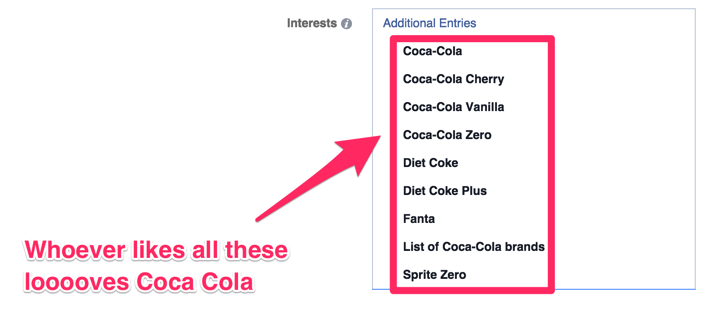
Comments (44)